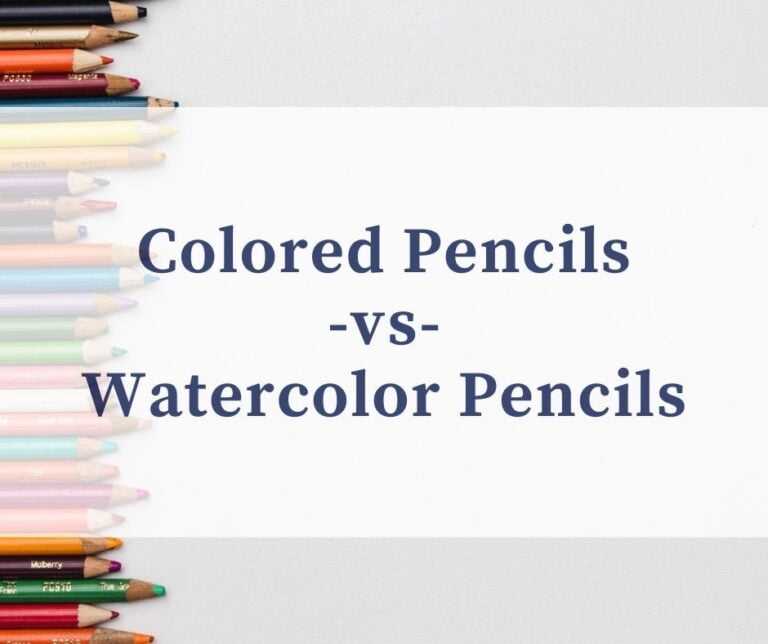Sketch Journaling For Beginners [Ultimate Guide]
“Practice makes perfect” is an age-old axiom that we all hear from time to time, but is an absolute certainty in the world of art, especially when it comes to craft.
A good way to think of the drawing craft is to think of it as a physical muscle; if you do not regularly use it, it atrophies and diminishes. This is where regular sketching comes into play.
Sketching, unlike project-based art, is intentionally meant to be loose, unplanned and, in some cases, works best when practiced as spontaneously as many sketches individual lines appear to have been created.
Little to no planning should be involved in the sketching process, and the best way to achieve this spontaneity and craft progress is through the practice of sketch journaling.
What is Sketch Journaling?
Sketch journaling is the act of keeping a small sketchpad or sketchbook and making it a point to regularly sketch items and people, preferably as often as possible.
This involves not only sketching in different areas around the home, but also traveling locally and sketching in odds and end places, in order to get a wide variety of sketch material.
One Sketch A Day: A Visual Journal pic.twitter.com/7axyAaAKEr
— جميلة الظاهري (@JamilaAD) December 20, 2020
Why You Should Try Sketch Journaling
Sketch journaling has two primary effects: the building of individual drawing skills and the passive ability to actively rest.
Setting aside time to draw and sticking to it tends to create a state of relaxation while doing a task, which can lower stress and positively affect your mood.
The primary goal for artists doing this task is the gradual building of one’s own drawing abilities. Journaling in this fashion allows not only for the building of drawing skills, but also the ability to go through previous days, weeks, months, and even years of drawings to monitor your own progress.
For many practitioners, this has the effect of bolstering artistic confidence, especially over a long period of time. And it might help you find your own unique art style as well.
Sketch Journaling Tools and Supplies
Medium
The first thing you will need is a medium on which to draw. This can be a small sketchbook, sketch pad or even a digital tablet.
The key here is to pick a medium on which you are comfortable drawing. If it is a traditional sketch paper-based pad or book, it is advisable to make it a small one that is easy to stow in a pocket for ease of travel.
Drawing Utensil
The next thing you will need is something to make marks with. For many, this is a simple wooden pencil; you might prefer a specific weight of pencil lead, but many will have one particular type of pencil they enjoy using more than others.
For digital sketchers, the stylus is usually determined by the type of tablet they are using, and so the options narrow further.
Still, even for physical sketch paper, there are a number of drawing tools that can be used, from Conte crayons to vine charcoal sticks. What you choose is entirely up to you and your own personal preference.
If you want to add some color to your sketches, you can also use some art markers, colored pencils or watercolor paint.
Storage
Assuming you sketch journal properly, you will need a place to store your spent sketchbooks and sketch pads.
If drawing digitally, all you need is storage space on a device, but if you are sketching on paper, you will need a place in your home to secure old sketchbooks, preferably in a chronological fashion so that you can see your own progress.
How to Sketch Journal
1. Starting Position
First, pick the most comfortable place of your home. Choose a comfortable place to sit or stand, and pick an item or two to sketch.
Set a timer or smartphone alarm for a specific amount of time, and start sketching. Pay particular attention to the light and shadow values not only of your primary drawing object, but also of the areas outside of your object, in order to place the object in a realistic setting.
Once you are satisfied with your drawing (or you have run out of time), stop.
2. Pattern Variations
During your next timed drawing session, start sketching another object or person.
Continue until you are satisfied, or time runs out. If you wish to improve upon a particular object, keep sketching in as many individually timed sessions until you are satisfied with your progress.
Repeat this process with other objects as you see fit.
3. Change of Scenery
For the sake of variety and skill building, make it a point to branch out into different areas of your home at first, and then into public places.
Sketch anything and everything within reason. Notate both the date and time on your medium, for easy personal reference.
If you like to go outside, also read our article on nature journaling.
4. Regular Reflection
Once you have filled at least one book’s worth of sketches, make it a point to regularly refer back to older sketches.
By doing this, you will not only be encouraged by your own growth as an artist, but you will also reflect on the fact that where you are now artistically is not an end point, but rather a journey towards getting even better at your craft.
This is an old sketchbook that has some unfinished drawings. I added some touches of watercolor. It’s nice to open old sketchbooks and remember the places I visited then.
— Alma Ayon (@AlmaAyon) December 16, 2020
.#artjournal #sketch#art#watercolor#dreamlikeus#sketchbook#sketchjournal#watercol… https://t.co/0MK77sGo2X pic.twitter.com/L0IUON021s
Sketch Journal Ideas & Prompts
Here are a few ideas and prompts for your sketch journal to help you get started:
- Introduce yourself through a self-portrait
- Draw what happened today
- Doodle the first thing that catches your attention
- Illustrate 5 goals you want to achieve
- Explain the dream you had last night with sketches
- Draw the 3 things in your life you are most grateful for
- Look out of your window and sketch what you see
- Illustrate what you ate for lunch or dinner




